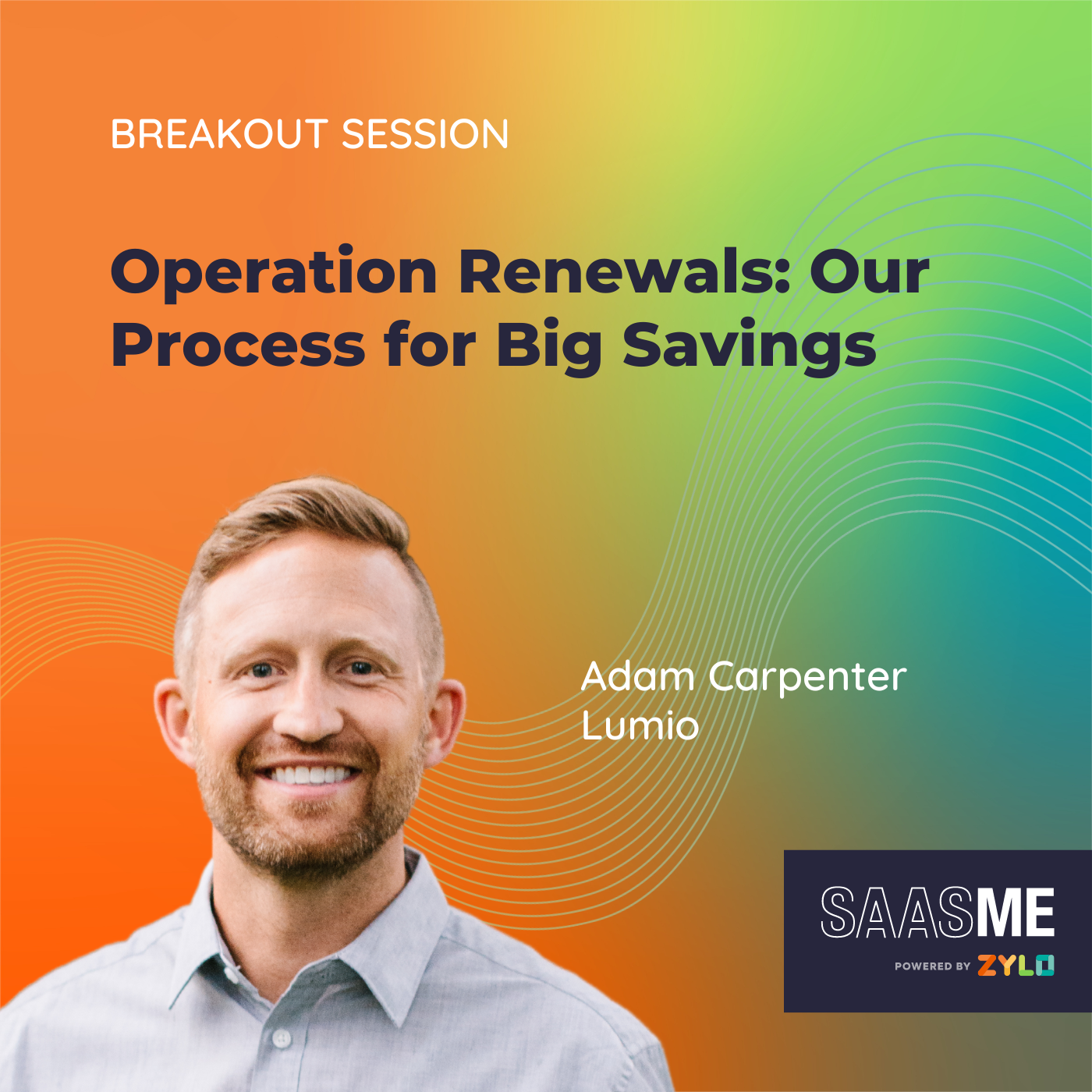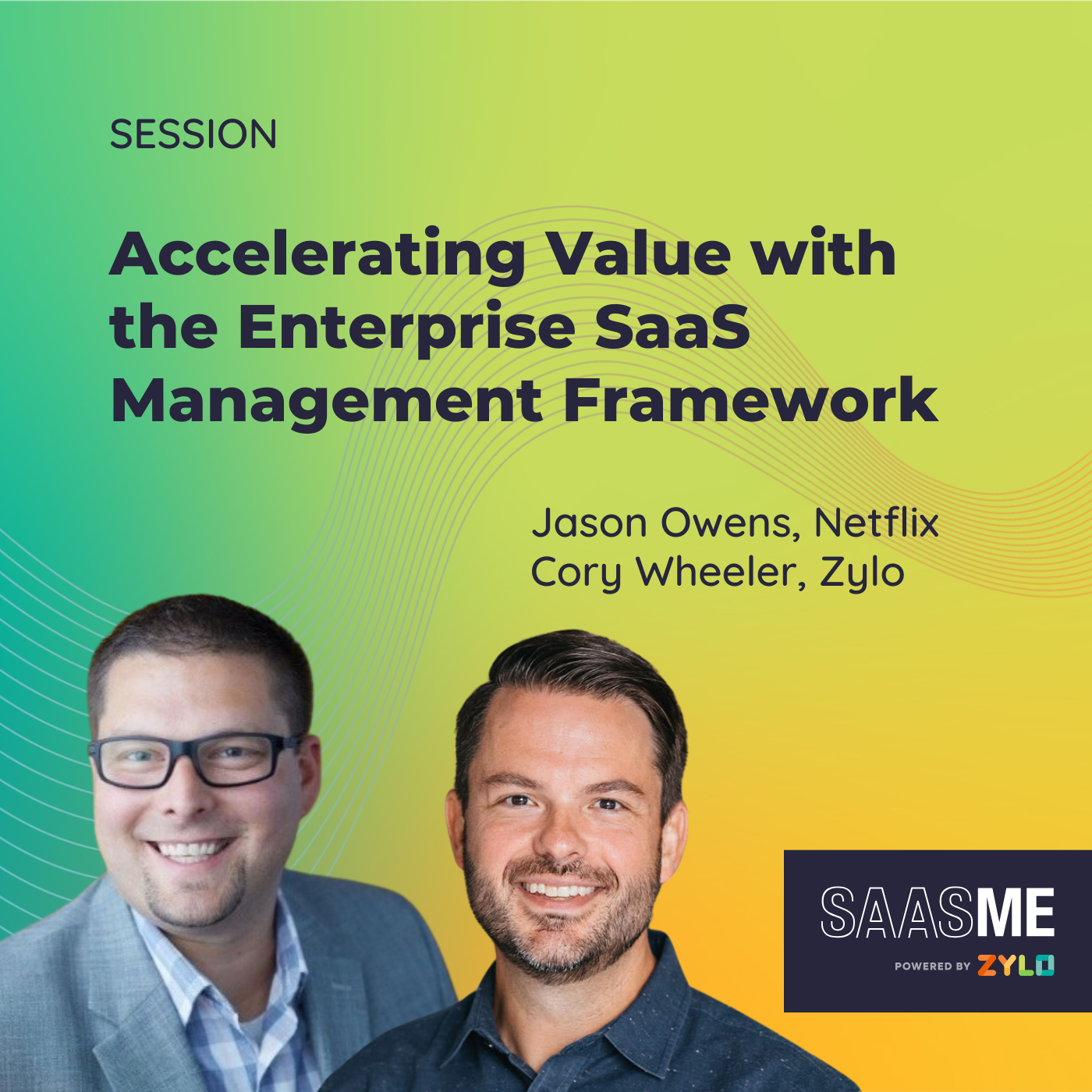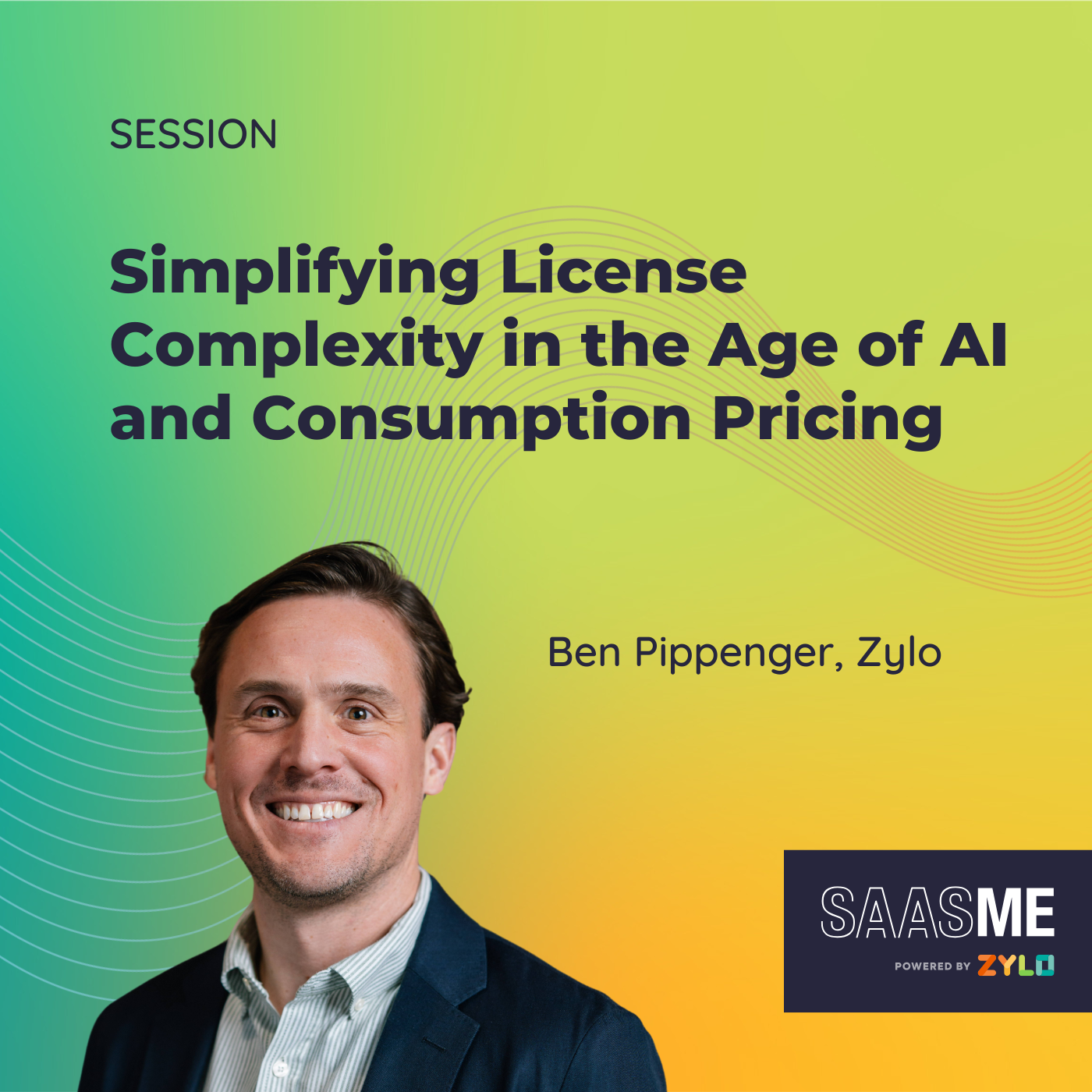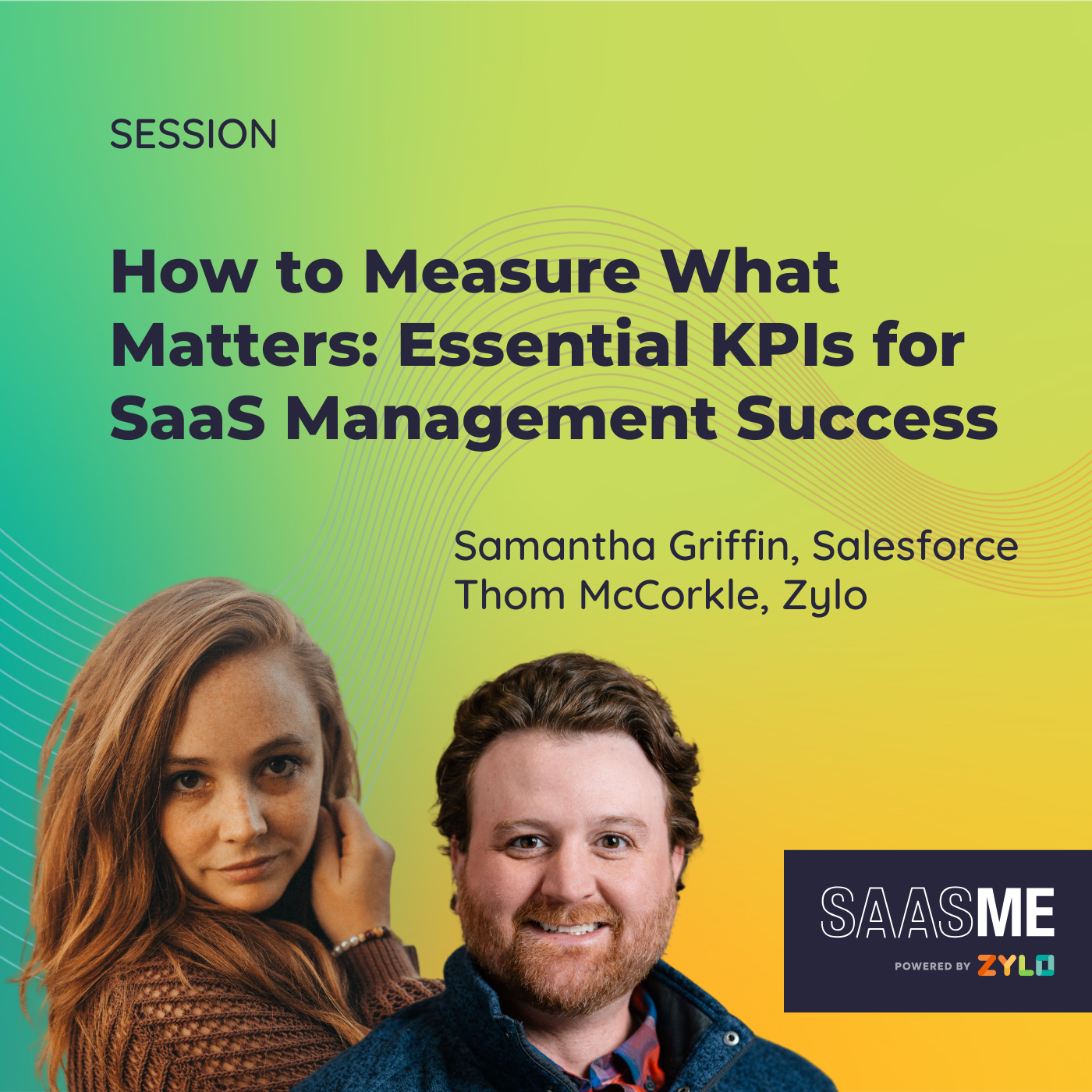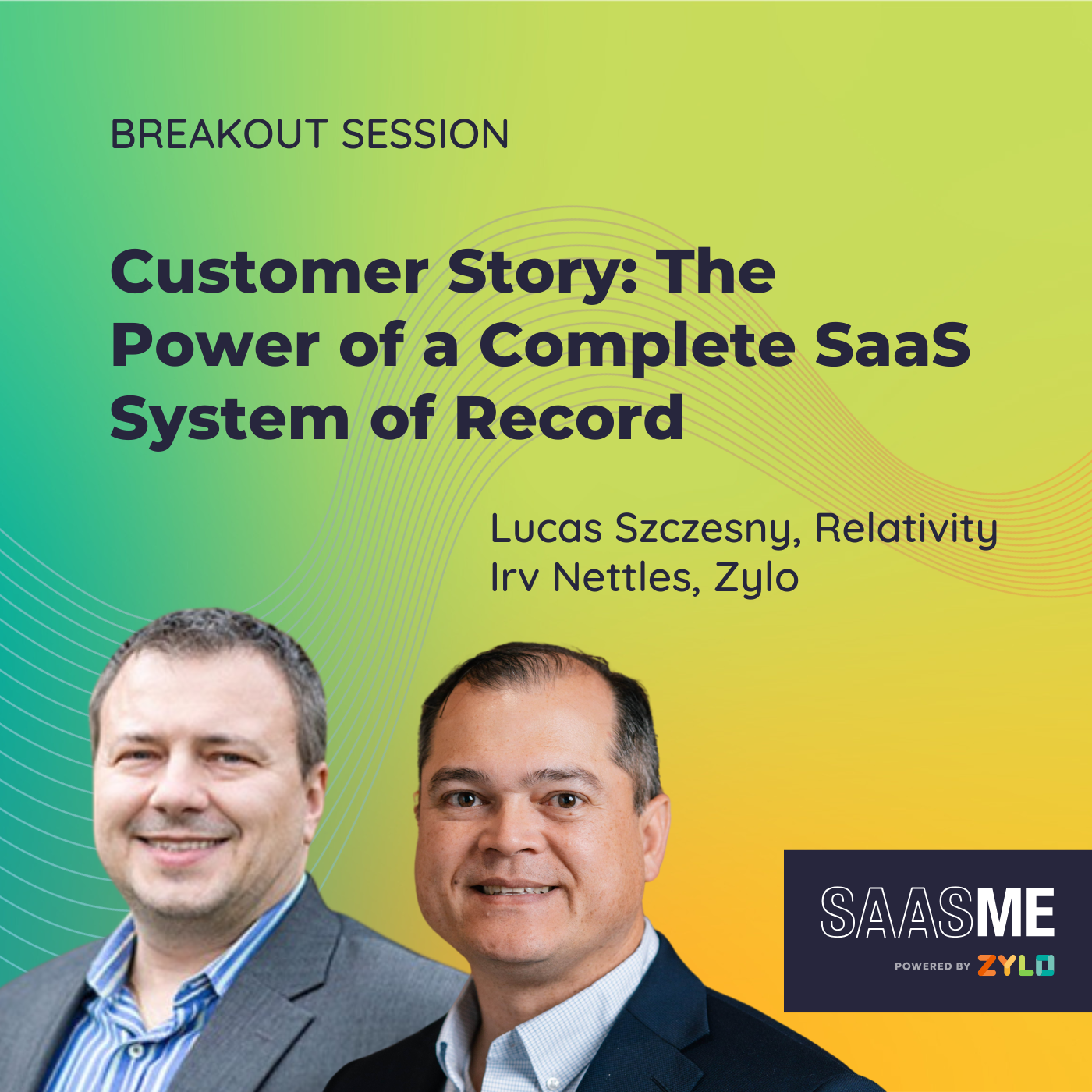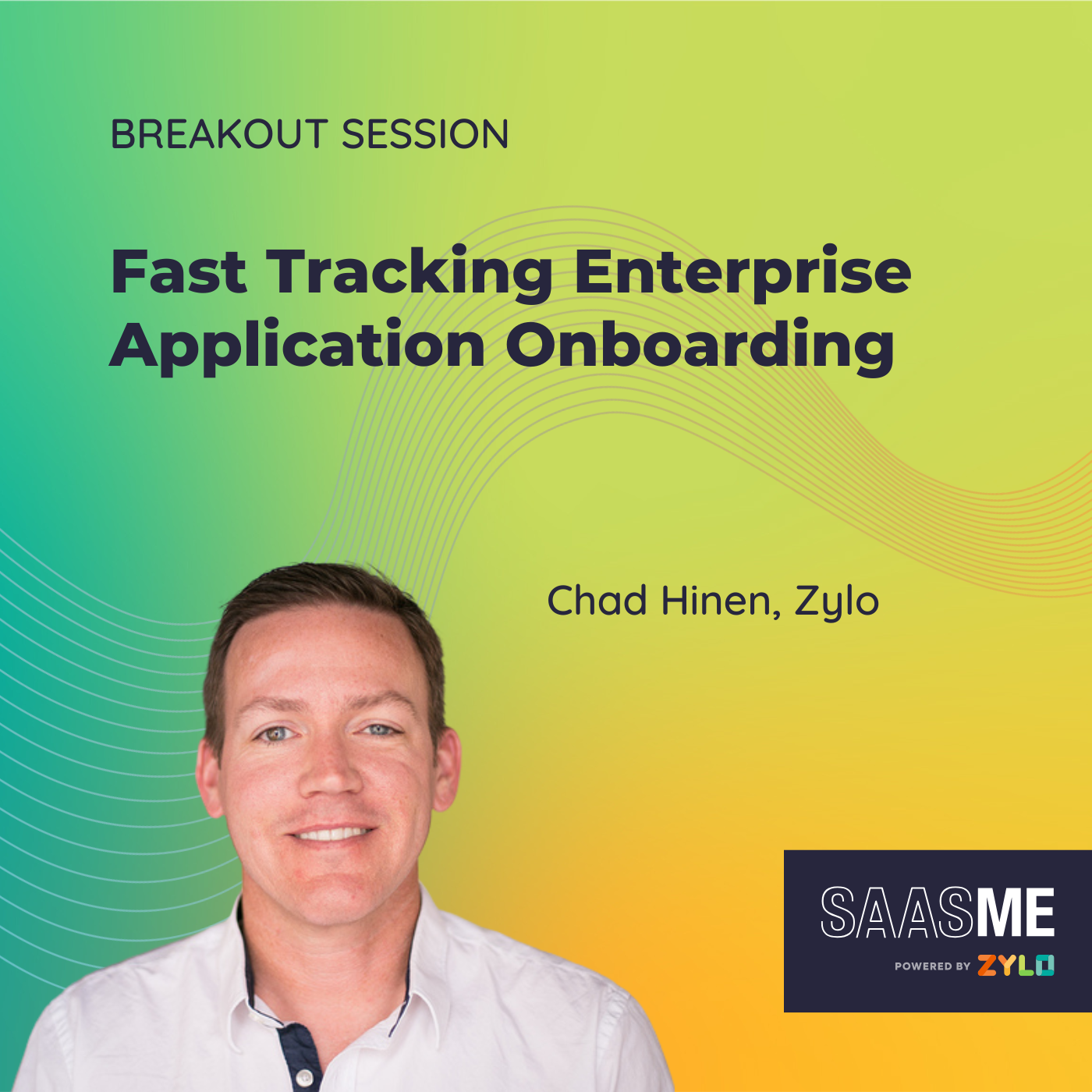Operation Renewals: Our Process for Big Savings
- 0.5
- 1
- 1.25
- 1.5
- 1.75
- 2
Adam Carpenter: Thanks, Connor. Thanks for that introduction. It's good to be here, good to see friends and old faces here with us today. I'm excited to talk about operational renewals in our process for big savings. Let's get started here.
Adam Carpenter: Contract renewals. Everyone loves contract renewals. Let's face it, the long days, weeks, or maybe even months going back and forth negotiating, or even those final decisions that take place right at the 11th hour, right at the very day, the very midnight of the contract renewal that it needs to be completed. Isn't that super exciting? I'd love to take a minute and ask you all to find a GIF or an emoji in the chat and I want you to share it with everybody, share how you really feel about contract renewals.
Adam Carpenter: As those are coming in, I'm going to continue, but I'm excited to look at those and laugh at a couple of these with you. So let's talk about operational renewals and our process for big savings today. My name is Adam Carpenter and I work at Lumio HX. My role is a software enterprise applications program manager to bring all of our companies together from a large merger and acquisition, from four leading regional solar companies and several software platforms. We're built upon principles of ethical leadership and customer first innovation. We make power personal with Lumio.
Adam Carpenter: The agenda today is setting the stage with merger mayhem. I want to walk you through where I was introduced to Lumio and where I started and then how did we build out a renewable process? I want to share with you the results and the key takeaways that I learned over the last 15 months. Lumio was founded December, 2020, an instant top five US residential solar company, merged from five companies creating one company called Lumio. After the company came together, I came in February of 2022 and started working with all of these individual companies. Come to find out each company had their own software tech stack and slowly I was able to learn what each company had, what the use was, how many users were on each platform, and we started with a collective number of around 100-150 software applications. And as we started beginning working with these companies, we found out that there was more and more software. As we tied in with NetSuite and Divvy, Airbase and other AP softwares, I was able to start discovering and finding new softwares as they became about and finance started paying the bills. It started with about 150 and it felt like a week later we found another 25 softwares and the week after that, maybe another 25, and we soon grew up to around 350 softwares collectively with all the companies together. Surely that was not effective and it wa wasn't going to work for our company to have so many softwares.
Adam Carpenter: As we began categorizing and finding out which roles lead to which software, we found out that we had 11 learning management systems. We had three different softwares for CRM. We had financial tools, we had expense management tools, seven phone systems. We had to bring everything together and make it work. Through this merger, there was a lot of duplicate softwares where Zylo is able to help us identify and to help categorize to find out where we can best consolidate these duplicate softwares.
Adam Carpenter: Where did we start? The best place to start was with finding where everything is at and what is our new tech stack now with the many companies merged into one? This is an actual image of a five foot by seven foot whiteboard printout of all of our tech, all on the whiteboard where we can start circling, we can start writing, we can annotate and start making decisions based off of where everything's at. We were able to figure out where to go after we knew where everything was and what was out there. I regret to say we started in Google Sheets. We thought that was a good idea to track all of our work and the comments and the descriptions, and then we had to find out, figure out ways to store our contracts and where should we go to add our vendor contact information and new technologies just kept coming out of the woodwork. We couldn't keep up with it all.
Adam Carpenter: We quickly found this awesome tool called Zylo and we began using it and working with a great team on how to implement it and train others how to use it. As we started to get our arms around this new stack, we were able to use this tool, Zylo, to be the one source of truth for our contract management, vendor contact information, and use of the software. We were able to find duplicate softwares very quickly, immediate cost savings, and we were able to also identify which users were in the systems and make decisions based off of security and access.
Adam Carpenter: After we got our tech stack in order, we had all of the SaaS discovered from what we thought and move forward. We were able to then start organizing ourselves around a renewal calendar. This is what started out as a merging opportunity and lever to remove duplicate technologies. As we began with the renewal calendar, we were able to find out where the contracts ended, where do we need to move everything together on certain dates to renew contracts with one unified Lumio software and be more visible about what we need to do? When renewals came in, we were taking weeks, maybe a month to negotiate and to really figure out what to do with the renewals. It put us in a hard place going into the summer. One of our most busiest times of the season is summer with solar and being able to grant access and to give the right roles and permissions to the right people, it took us time to figure out because we didn't know and we didn't have all of that experience yet behind us. But quickly with the renewal calendar, we were able to see what's coming up and we were able to prepare for that.
Adam Carpenter: One lever we were able to pull and use in the Zylo software was the automatic alerts. We started out with an alert of 30 days out and we thought we were in good shape and soon enough we found out that that wasn't early enough. I was able to attend a couple Zylo webinars and actually learned quite a bit about some things about renewals and how to best optimize our usage. I learned that 30 days is not enough time. You need 60, 90, sometimes 120 days before the contract renewal, you need to already be having these conversations with your users, asking the right questions, figuring out what is used, what is not used. The best way to optimize and renew contracts is to start early. With that calendar, we were able to do so and start applying our strategy that we put forth.
Adam Carpenter: Now that we've discovered software, we've merged a lot of our tech stack, we've created our renewal calendar, we know where we're going, and so we were able to build a strategy around how to consolidate, how to save big, how to reduce cost, how to align users. Believe it or not, you would be surprised when all of these companies came together, how many admins we had in each of these softwares. Security wise, you can't have that. We had to reduce that and tighten up our ship to be able to allow us to expand and provide the right information to the right users at the right time.
Adam Carpenter: Our strategy, Lumio SaaS strategy, we began with a list of questions. What do we need answered? How can we figure this out? Who are the right people? What's the right process? How do I benchmark SAP? How do I negotiate? There were so many questions. How do we empower our leaders? How do we scale this? How do we make informed decisions based off data and stop using those Google sheets to manage all of our applications? With this, we formed a team. Our process was starting with a review board and establishing a SaaS governance. It's a process where we were able to figure out and align with the company on where we're going and what vision we have over the next 12 months.
Adam Carpenter: After we shared that vision and we understood where we want to go, we were able to empower our leaders by giving them dashboards and giving them access to see this information so that they can better own and manage the software within their organizations. Starting with people. My background comes from scrum and agile and I'm a firm believer in teams and teamwork, working together and in the concept of the scrum world, you have a product owner who owns a product, a scrum master to help run the team and the team that gets the work done. As that organization worked within scrum teams, I thought it could work also with our review board. We need one person to make final decisions. We need one person to manage all this SaaS, and we need a team to evaluate all of the software needs that come up from all of the many requests and many organizations that need help. Our team comprises a chief administrative officer forming more of like a product owner to make the decisions, the final decisions, to sign the contracts, to ask all the right questions and to really guide the team, a program manager to help with vendor relations. to help to manage all of our contracts and work within Zylo and great people like Connor. Then where our team comprises a group of people that are subject matter experts, someone who represents strategy within the company, product and engineering team, security and finance, can't forget our finance friends.
Adam Carpenter: As we built that team together, we were able to start meeting regularly and often to discuss many software needs within the company. We began creating a process where we can meet weekly and discuss renewal applications and new requests that came in. We created a form where we were able to submit a request for new software and be able to evaluate the software with that group. In setting up those meetings, we were able to have those requesters come to the meeting and discuss face- to- face what problems they're trying to solve, what this new software will do for us and how Lumio will benefit.
Adam Carpenter: As we began receiving more and more requests and also cleaning up at the same time and removing duplicate software, I started what we call the three Cs at Lumio, which is cancel, continue, and consolidate. By taking all of our software, we were able to log into Zylo, we were able to create custom fields and to start categorizing software into these areas where we can start pulling reports to see what we need to cancel, what we need to consolidate, and we started looking at which ones we need to continue lined up with our renewal calendar and figure out when we need to start having those conversations with those alerts. In doing so, like I said, working with Zylo, they were able to provide so many webinars that were helpful for me to learn negotiation levers and strategies. I won't review all those today, but they're very useful if you want to go find them on the web. Some of them that have been super popular for us in our negotiations is multi- year contracts. Working with certain vendors, you obviously will get a certain price for a one year and different prices if you go two or three years. In doing so, we were able to pull some of these levers by moving some of our contracts from one or two years out to three and to be able to aggregate cost savings over time and not spend so much upfront.
Adam Carpenter: Another piece that I'd like to touch on is the workflows within Zylo. We were able to set up a flow for Salesforce specifically and Zoom and other softwares that were able to find where we're overspending and reduce usage by finding out who is logged in and remove access from those who have not logged in. Our strategy started becoming a 30 day rolling strategy where we would pull software from users within the company at Lumio who are not logging in. We would work with managers and we would talk to them and see why they're not using it and what perhaps they need help with, we can provide training by working through our change management team and train them on how to use these softwares.
Adam Carpenter: Once we had the team, we had the process, we knew what we had to do, we just had to execute on it and empower others and empower our leaders to really own. Working with our finance team, we were able to build out budgets for each of our organizations and provide those leaders with dashboards so that they're able to own and maintain their software. I'm pleased to say that Lumio through year one, becoming one and coming together as one company, it was a great experience, but the most empowering for me was to be able to see these leaders grow and to feel a sense of ownership and know what they own and how they can manage their software within the company. I was able to help the teams by creating these alerts for renewals, provide opportunities for our vendors to meet with these leaders, and to be able to discuss what is happening within the organization by reviewing license usage, contract optimization, and to be able to coordinate with all these groups has been so enlightening for me to see and to see this team grow and to have so much success.
Adam Carpenter: Next, I want to share with you some of the results. This breakout session has been awesome, learning about the process of how we were able to merge companies, come together, but also the results are amazing to feel more consolidated and have big savings. We were able to do so much work in just under a year. We were able to cancel 25 duplicate softwares, and my biggest win, I think is reducing expenditures and saving the company money. The one unified tech platform has been a huge benefit, so we're able to use and be on the same platform, that we're able to speak Lumio, and we're able to be together as one company. Another benefit I wanted to share was the accurate annual cash flow. Being able to have that calendar have reports within Zylo to be able to align on the categories, we're able to start calculating month by month, what is our operational spend with software? We were able to start taking what is our cost per user? And use these metrics to be able to measure success as we go forward and to take the people and the process and be empowered to make all these decisions.
Adam Carpenter: And lastly, the key takeaways I want to touch on are focused around having more and more attention on software renewals. Stop getting surprised, have a review board, have a team in your corner that's there to help you work through all of the issues, the renewals, the contracts. Let's not be like that guy and be scared of renewals. Let's get excited and look for those multi- year deals to save money by expanding the timelines and saving cost. Thank you for coming. I'm glad to have this opportunity to talk to you today and I appreciate it. Thank you.
DESCRIPTION
Renewals are your opportunity to realize cost savings from your SaaS optimization efforts. In this session, you’ll learn how to build a repeatable process around your renewals to ensure you never get caught off guard by a renewing application and can squeeze every drop of savings out of every negotiation.
Today's Guests


